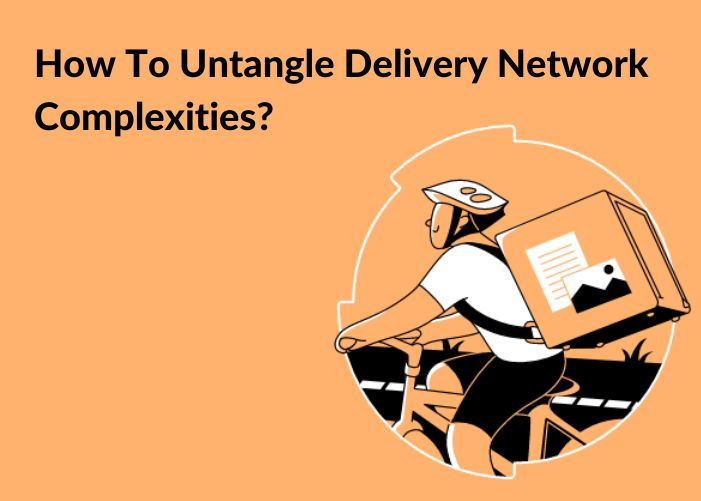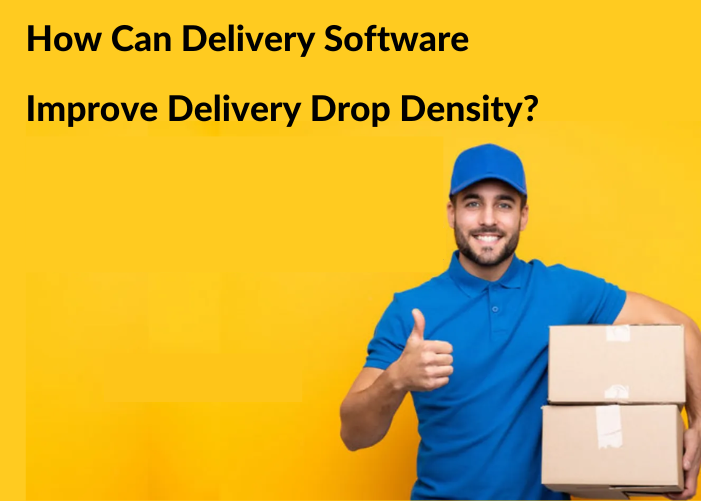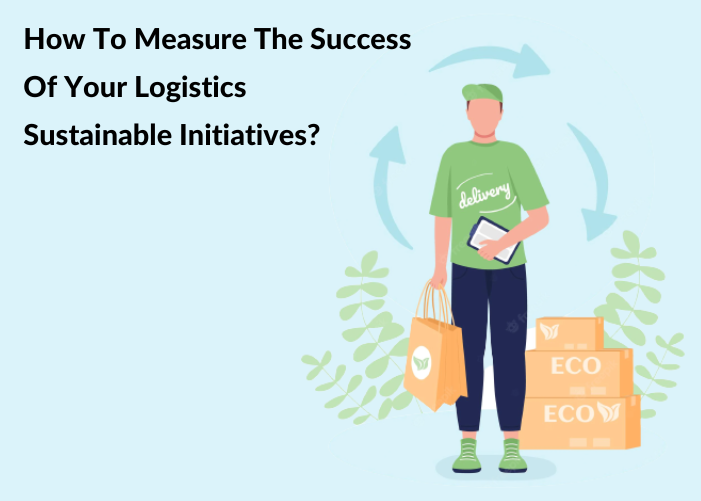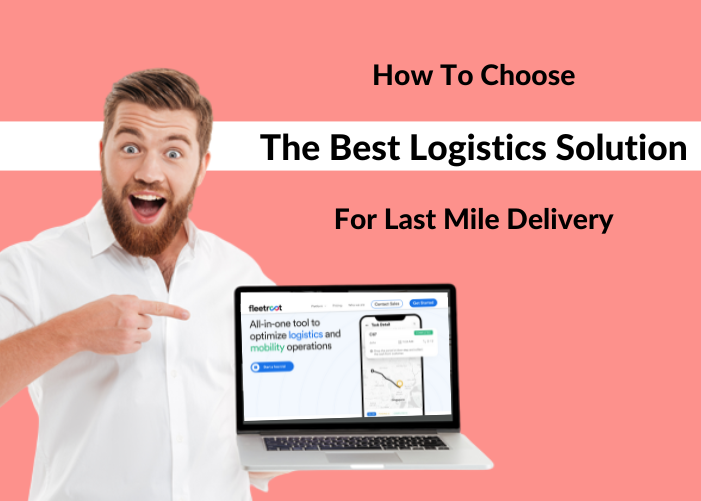1) Scale puts immense pressure on delivery operations:
While all businesses are looking to scale until they reach their optimal size, there are numerous challenges that come with this growth. Every single aspect of your business feels immense pressure as your operations expand. Perhaps the most stressed function is that of logistics and distribution.
As a result, growth companies are often tangled in a messy web of complex operations that consist of an inefficient mix of internal fleets, external carriers like a 3PL, and ambiguous lines of responsibility. Each has its individual limitations across cost, capabilities, and resources.
As you can imagine, managing all this becomes an extremely difficult task. And, if you still use traditional legacy systems you are set up for failure.
Therefore, using modern last mile delivery software as the cornerstone of the correct infrastructure you require to manage such complex delivery networks via a centralized, real-time process will provide you with live visibility and control over your logistics and delivery process.
2) Scale and Complexity – the last-mile twins:
As you scale, your business operations become more complex and challenging. And, the delivery-management aspect of your business is always a leading area to develop complexity– that’s just the nature of the beast!
Par solutions include the use of a judicious combination of your internal fleet(s) and 3PLs and segregating your deliveries across them. For example, your internal fleet could be used to make smaller deliveries, or those closer to your fulfillment centers. Larger deliveries and those that span long (r) distances could be handled by 3PLs. 3PLs have also adopted green logistics by deploying EVs, two-wheelers, etc. Such decisions help reduce costs.
As you scale, the costs of investing in and maintaining your own delivery fleet become prohibitive across several parameters, including CapEx and resource management. Not everyone is like Amazon, which has decided to buy 100,000 electric vehicles over the next decade!
3) 3PL – a crucial logistics partner for rapid scale:
Regardless of whether you started out managing your deliveries by using an internal fleet or using a solitary 3PL, it is a given that you will need to quickly ramp up and expand your delivery management as you grow.
Although you may still prefer to retain full control over your delivery management and invest in a larger fleet to keep up with your growing scale, the truth is that this is an extremely expensive – and, prohibitive – option. To begin with, the cost of vehicles by themselves would mean huge CapEx and make it financially unviable.
Additionally, you must not lose sight of the fact that the last-mile accounts for over 50% of total shipping costs. Therefore, all measures to reduce this cost are most important.
Typically, using a combination of 3PLs is the correct option. Not only do you shift your huge CapEx to them, but you also benefit from their expertise. Remember, 3PLs are often vast global behemoths with extensive resources, operations, and networks. They are well-positioned to partner with businesses and make delivery more economical as well as more efficient.
Some key benefits that 3PLs deliver include:
- Vastly improved service
- Lower fixed-costs
- Greater locational coverage
- Delivery consolidation (helps in reducing costs, reducing delivery times)
- Benefits of flexible capacity utilization
- Access to environmentally friendly options like EVs
- Access to special services e.g. bulk cargo delivery by trained teams
4) 3PLs operate without the limitations of traditional legacy systems:
Consider the two scenarios below:
- An urgent delivery was delayed because the size of the delivery van made it difficult to find parking.
- A bunch of small and light parcels was loaded on a delivery van that was much larger than required. As a result, an efficiency study revealed that the cost of fuel consumption would make it unsustainable to deliver such small (low-priced)packages in a delivery van of that size
In the first instance, using a smaller van (or, a two-wheeler) would have resolved the issue.
Second, an electric two-wheeler could have made the deliveries with lower running costs and negligible carbon emissions.
Optimizing your deliveries to achieve that degree of efficiency and accuracy isn’t an easy task! There are numerous variables that need to be balanced – including vehicles, drivers, road conditions, weather, the size of the package, the selling price, etc.—to arrive at the optimal solution!
Expectedly, a legacy system that uses traditional methods based on spreadsheets and manual calculations will fall well short of such requirements. By extension, these limitations become more severely exposed as the company begins a journey of rapid scale.
Furthermore, modern consumers have higher expectations for their deliveries. Elements such as “24-hour delivery,” “free shipping,” and “choose your delivery slot” are benefits that they have grown to expect as “standard”!
And, last but not least: the end-consumer doesn’t differentiate between the brand and the delivery service. For him, it is one seamless unit. Therefore, as the brand custodian, it becomes, even more, your responsibility to ensure a seamless and enjoyable purchase-through-delivery experience for your paying consumer. After all, a positive last-mile touchpoint creates customer equity and drives repeat business.
Legacy systems will be unable to create such experiences. Tying up with a modern 3PL via suitable delivery collaborations is the only solution.
3 leading benefits of using last-mile delivery software
1. Integration with your 3PL systems and platforms
2. Efficient delivery distribution across multiple carriers of scale and capability
3. Centralized management with seamless delegation as required
5) Deploying data-analytics and algorithms:
You would’ve guessed by now that the work and calculations for detangling delivery complexities as a company scales are many. Needless to add, it is the data-driven and automated systems of today’s 3PLs that make this seemingly impossible task achievable. Day in, day out.
Modern supply chains deploy software and complex algorithms that balance numerous variables, such as multiple fulfillment centers, transporters, teams, clients, and suppliers – the list is endless. And also, the complexity of massive operations that comes along with it!
Intelligent SaaS, cloud-based last-mile delivery software optimizes the movement of large fleets and teams to manage all delivery operations efficiently through centralized dashboards and seamless real-time global access.
Conclusion: As is evident, a business that scales is bound to experience complexities in managing its delivery operations. Using modern-day tools such as delivery software is a crucial step in untangling the complexities of your delivery network.




